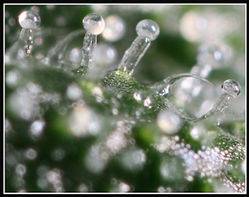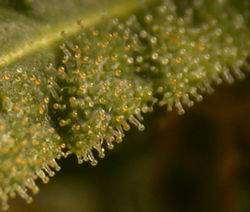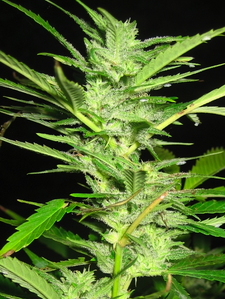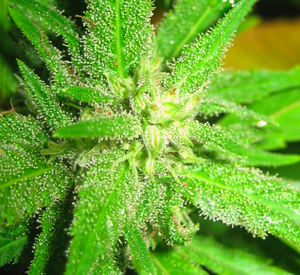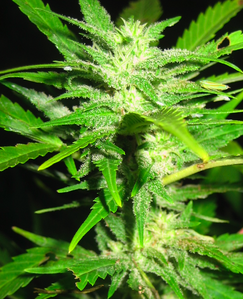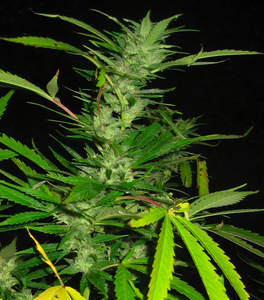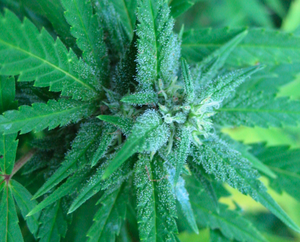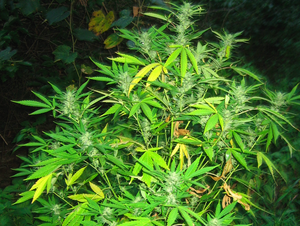Ryu
Member
Yup, I got a couple thai haze x skunk the same and a free sativa freak of something that needs 18+ to fatten up and ripen. Smoked any gone past 17 yet FreezerBoy?
I don't see the problem in letting one plant go extra long so you can get a greater understanding of it's life cycle. That is unless you were just commercial or barely had enough room to grow enough to smoke.
Not knowing exactly how long you like your strains to go is not cost effective in my book.
I don't see the problem in letting one plant go extra long so you can get a greater understanding of it's life cycle. That is unless you were just commercial or barely had enough room to grow enough to smoke.
Not knowing exactly how long you like your strains to go is not cost effective in my book.

